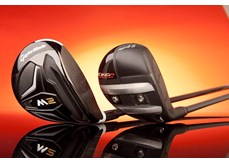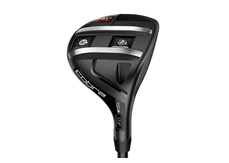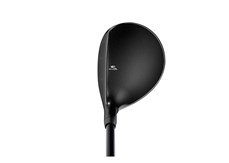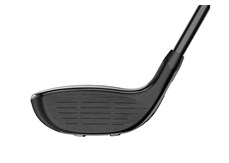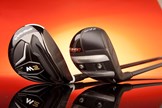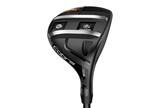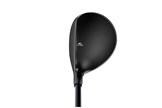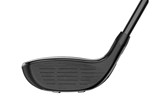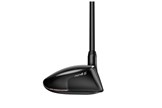Cobra Baffler Review
Last updated:
-
At a glance
- TG Rating
- Owner Rating
What we say...
There’s a good chance you’ve heard the Baffler name before as Cobra first introduced them in 1975. You probably though don’t know its name was inspired by the term “Baffie”, a name given to high lofted 4/5 woods which were used as approach woods over a hundred years ago. The original Baffler sported a patented heavy railed sole which at the time was remarkably more playable from all sorts of lies than anything else on the market.

With so much modern tech around nowadays the Baffler idea had sort of fallen off the radar. That was until Rickie Fowlers coach Butch Harmon suggested he needed to hit shots higher into the par fives if he was ever going to contend at Augusta. So Fowler asked Cobra if they could help. They took his favourite five wood and welded some crude rails onto the sole and Rickie loved the performance. Which you’ve guessed it lead to Cobra bringing back the Baffler, so we thought it was only fair to put the club to the TG test to see how it compared to a standard fairway wood.
Tech:
Cobra say the rail system on the sole improves turf interaction and helps the head glide out of the turf more smoothly, meaning shots get airborne more easily from anywhere on the golf course. Two centre of gravity sole weights (15g and 3g) can be exchanged to deliver a penetrating or towering trajectory. An 8 position hosel sleeve can dial in 5 different lofts from 16deg – 19deg with three draw bias settings. A slightly shorter shaft means golfers can get a little steeper and more aggressive when needing to get the ball airbourne.
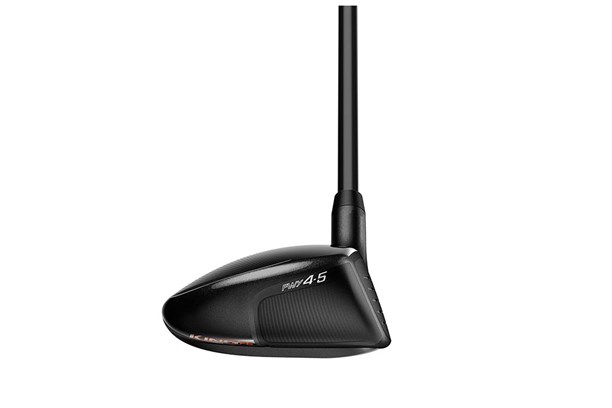
We say:
To be fair the Baffler was always up against it being pitted against the very strong M2, simply put it’s like comparing apples against pears. The pair have been designed for two very different purposes, which is well demonstrated by the 1.5” difference in shaft length. The smaller head of the Baffler looks absolutely fantastic at address its really compact and we reckon for golfers who find hitting wide soled fairways off the deck a challenge they’ll be a welcome relief. Look at the stats and they paint a really interesting picture for the Baffler, its ball speed is well down on the M2, its launch angle and spin is higher which is always going to mean a higher flight, with softer landing and less distance. So for us the Baffler is not about out and out distance, it was born out of Rickie Fowlers desire to hit shots higher for Augusta and hands down the club does that beautifully. Interestingly ball speed with the sole weight forward increased by a couple of mph but the lower flight cost Chris a couple of yards. Chris felt switching the weight to the back gave a floaty ball flight which was much more playable, he also felt there was a definite place within some golfers bags for the Baffler.
Our verdict:
Hitting par 5’s in two for many amateur golfers is a real luxury, and most won’t care how they’ve got there so long as they do, so for us buying the Baffler just to hit softer landing shots into a par 5 is a bit of a no no. But that doesn’t mean it shouldn’t have a place in your bag. For us it comes into its own for longer par 3’s and approaches into long par 4’s where its higher flight and softer landing could well mean holding a green or even a particular area of a green closer the flag. Ultimately the choice comes down to the type of course you play, but we reckon in a perfect world we’d all carry a fairway wood for ultimate distance and a higher lofted “Baffie” for fettling shots into greens just as golfers did a hundred years ago.
